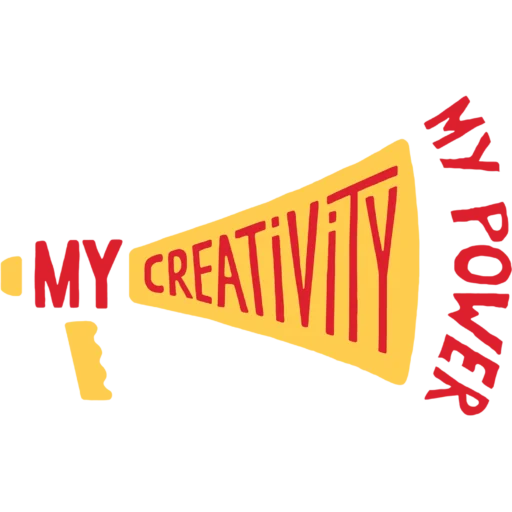How to make a political, musical performance?
(Expression of thoughts and feelings through music & Preparation for the performance)
Description
Part 1: How to confront the group with different rhythms and sounds. By which means do they experience how to play given instruments, in order to produce certain effects for expressive purposes?
Part 2: How to make the group ready for a public performance
Target group
Youngsters from 15 to 23 years
Number of participants
Group from 10 to 20 people + 1 trainer
Environment
1 room
Materials
Pens / flipcharts/ reading materials/ music CDs/ instruments (mostly percussion), a ball
Objective/aim
To learn how to use sounds and rhythm as a basic form of expression. To learn how to prepare for a performance
Step by step instructions
Part 1:
Step 1 (preliminary exercise)
Music analysis by music listening (mostly programmatic music). Try to make them familiar with music examples for a variety of expressive goals. Talk also about what music wants to express. Think of examples like social issues, political demands etc. and define one political issue you want to work on.
Step 2.
Make them acquainted with the instruments.
Show them how to make a stronger and lower sound, a more resounding vibration by drumming or a drier and shorter bang, a crescendo or a diminuendo, in order to have specific effects.
Step 3.
Give them some rhythmical indications and knowledge.
Step 4
Try to build up a rhythmical sequence of produced effects (also by helping with graphic representation: longer or shorter lines, points, geometrical drawing or non geometrical drawing: analogical language). They should keep their political issue in their mind, in order to make the music underline their issues.
Step 5
Open the floor for a creative process of identification between produced sounds, images, feelings, visions, thoughts and movements (it can be done by delivering written texts or pictures and drawings, as well as by letting the group inventing stories). Connect the musical part to political issues or political demands.
Part 2:
Step 1
Discuss together with the group the structure of the performance from introduction through the sections till the end, so that they have a clear structural understanding.
Step 2
Review of the performance´s musical junctions and transitions to link the different sections, so to give the group reference points for the performance.
Step 3
During the rehearsal point-out what are the musical elements of the performance linked to the themes/subjects (in our case the topics of nature protections and preservation) that have been chosen by the group to be represented/expressed.
Step 4
Coach and counsel, even individually, the persons who have to perform the turning moments of the performance (junctions and sections' transitions).
Step 5
Try to find the way to communicate (talking, collective reflection, exemplification with instruments) your idea of the performance and see if the group can follow it or it has to be adapted according to the suggestions and the interpretative skills of the group. Try also to see if the group can respond even to challenging inputs that they have not yet experienced (like more challenging rhythmical patterns or a variation of expression and dynamic in playing).
Step 6
Rehearse once or more times the different sections and once the entire performance. Point out above all the expressive importance of the beginning and the end. Accompany the group as if they were telling a story and underline the closeness between music and spoken language, so that the musical language becomes to them more and more understandable.
Tips for the trainer
The process requires sessions where the trainer has to stimulate the group to self-reflection, questioning and answering so to feed thinking and imagination, in order to link music with movements, images, political awareness, knowledge of oneself.
Any other comment
This method is created by and for trained musicians. It makes sense if the facilitators are musicians or at least have some experience and musical experimentation.
